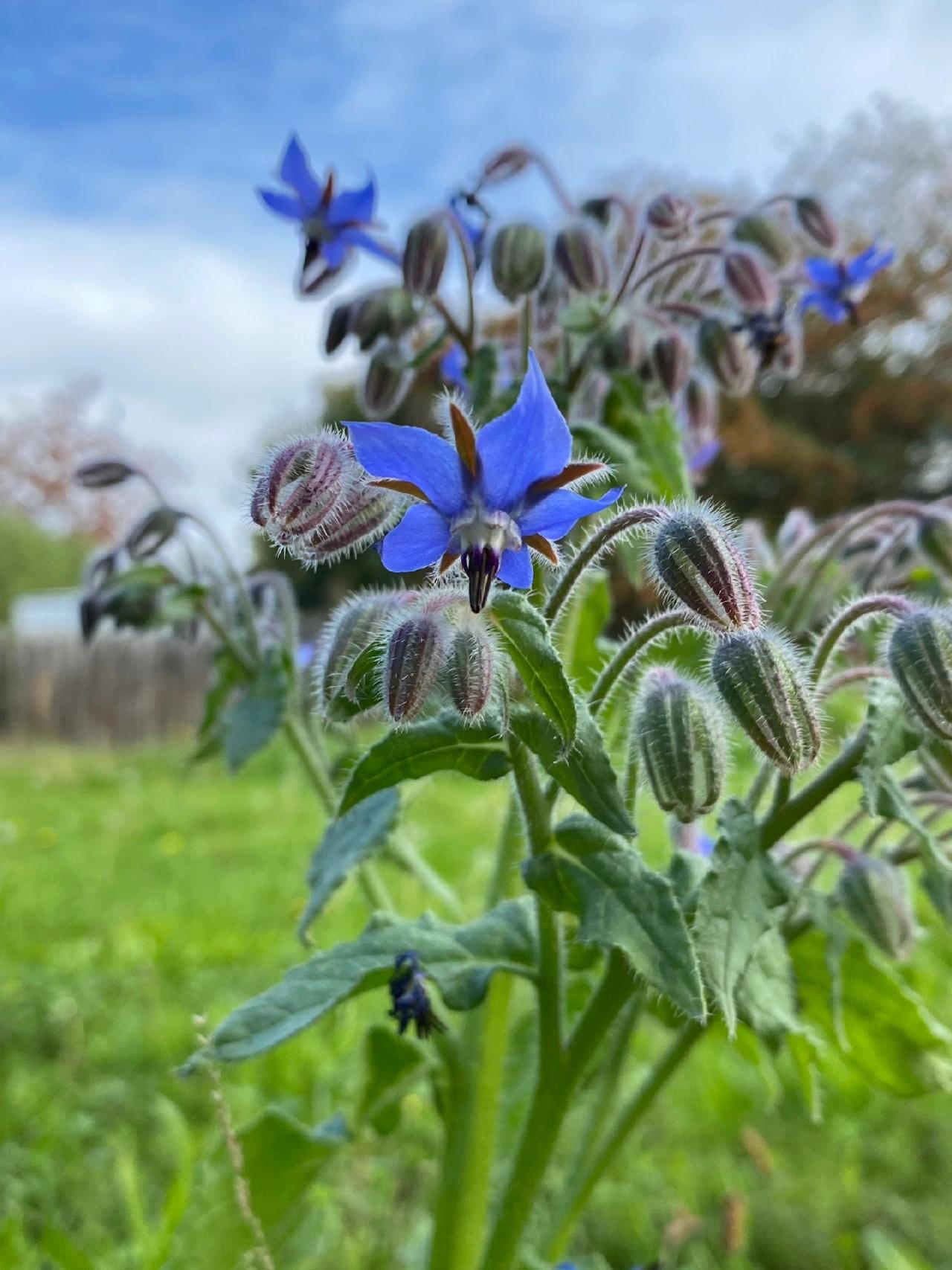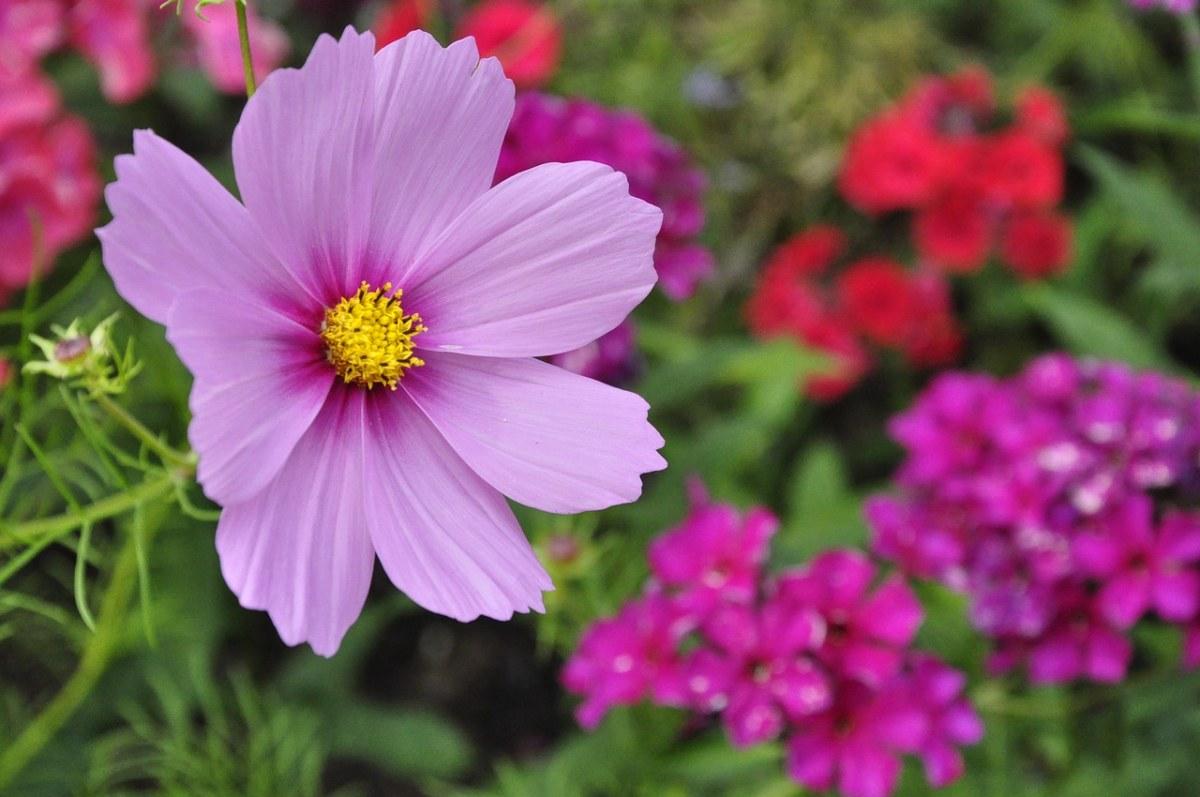Opuntia, commonly known as the prickly pear cactus, has an interesting story to tell. Legend has it that long ago, a mischievous coyote decided to play a prank on the tiniest of birds. The coyote, with its sharp teeth, carefully placed cactus spines on the small bird’s wings. However, when the prankster coyote returned to see the result of its mischief, it discovered that the once small bird had transformed into the magnificent hummingbird. From that day on, Opuntia’s spines became a symbol of resilience and transformation, reminding us that even the smallest can overcome obstacles and reach great heights.
Picture
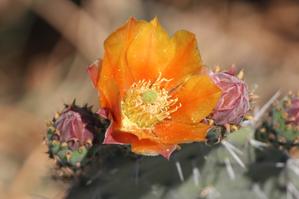
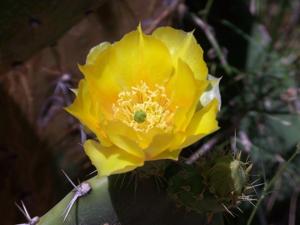
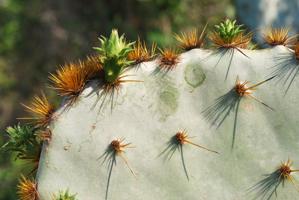
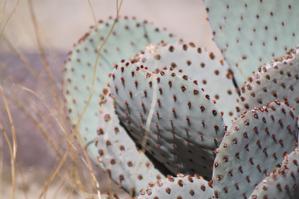
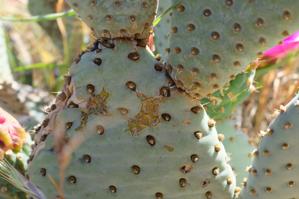
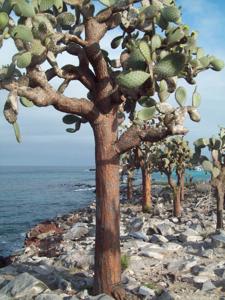
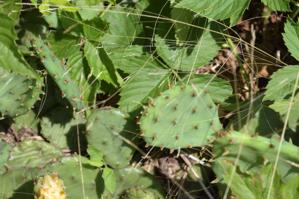
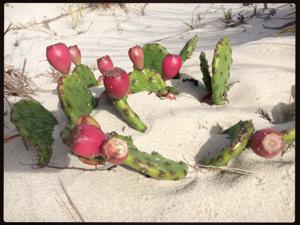
Plant some seeds now!
Short Description
Opuntia, commonly called the prickly pear cactus, is a genus of flowering plants in the cactus family Cactaceae, many known for their flavorful fruit and showy flowers. Prickly pear alone is more commonly used to refer exclusively to the fruit, but may also be used for the plant itself; in addition, other names given to the plant and its specific parts include tuna (fruit), sabra, sabbar, nopal (pads, plural nopales) from the Nahuatl word nōpalli, nostle (fruit) from the Nahuatl word nōchtli, and paddle cactus. The genus is named for the Ancient Greek city of Opus, where, according to Theophrastus, an edible plant grew and could be propagated by rooting its leaves.[failed verification] The most common culinary species is the Indian fig opuntia (O. ficus-indica).
Description
Typical morphology
O. ficus-indica is a large, trunk-forming, segmented cactus that may grow to 5–7 metres (16–23 feet) with a crown of over 3 m (10 ft) in diameter and a trunk diameter of 1 m (1 yard). Cladodes (large pads) are green to blue-green, bearing few spines up to 2.5 centimetres (1 inch) or may be spineless. Prickly pears typically grow with flat, rounded cladodes (also called platyclades) containing large, smooth, fixed spines and small, hairlike prickles called glochids that readily adhere to skin or hair, then detach from the plant. The flowers are typically large, axillary, solitary, bisexual, and epiperigynous, with a perianth consisting of distinct, spirally arranged tepals and a hypanthium. The stamens are numerous and in spiral or whorled clusters, and the gynoecium has numerous inferior ovaries per carpel. Placentation is parietal, and the fruit is a berry with arillate seeds. Prickly pear species can vary greatly in habit; most are shrubs, but some, such as O. galapageia of the Galápagos, are trees.
Growth

